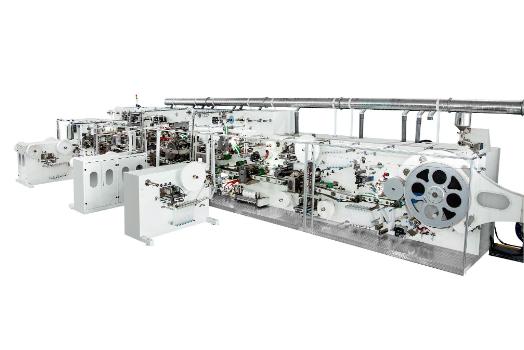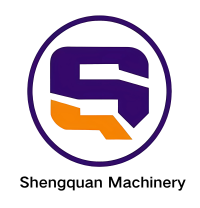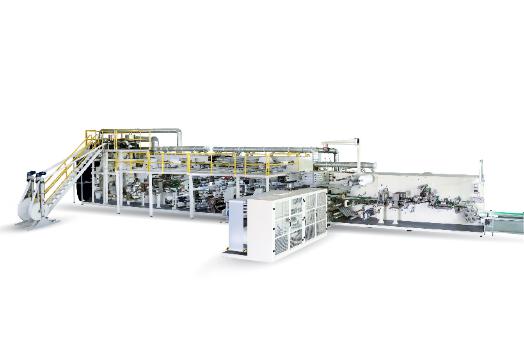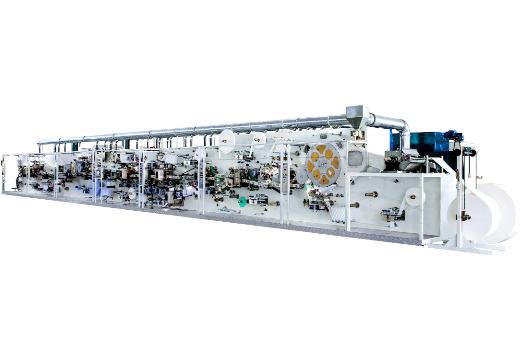
How to Keep Your Home Odor-Free When Using Pet Pads
2025-11-04
We’ve talked a lot about how to choose the best pet pads and why absorbency matters the most — but there’s one issue every pet owner faces sooner or later: the smell. No matter how adorable your puppy is, that lingering odor can quickly ruin your home’s fresh atmosphere.
The good news? Keeping your home odor-free while using pet pads is totally possible with the right habits, products, and smart choices. Let’s dive in.
1. Change Pads Regularly — Don’t Wait Too Long
It might sound obvious, but the biggest reason for bad odor is waiting too long before changing the pad. Even a high-absorbency pad has its limits. Once it reaches capacity, the trapped moisture starts to break down, releasing unpleasant smells into the air.
As we mentioned in our previous post about absorbency, the faster a pad locks in liquid, the better it prevents odor. But even the best pad can’t do magic if it’s left for too long.
So, here’s a quick rule: change the pad as soon as you notice moisture or smell — and trust me, your nose knows.
2. Go for High-Quality, Multi-Layer Pads
Cheap pads might look the same at first glance, but they usually lack proper odor control layers. High-quality pads, like those made with advanced nonwoven and polymer materials, can absorb faster and neutralize smells effectively.
That’s where the production process really matters. The Semi Servo Pet Pad Making Machine from Quanzhou Shengquan Machinery Co., Ltd. is designed to produce pads with uniform thickness, tight fiber bonding, and odor-locking layers. These features help prevent air leaks that cause smells to spread.
In short, better manufacturing = better smell control.
3. Clean the Surrounding Area Frequently
Even if your pad works perfectly, odor molecules can still cling to nearby floors, carpets, or walls. Make it a routine to wipe or mop the area around your pet’s potty spot daily.
For extra freshness, use a mild enzymatic cleaner instead of just air fresheners. Enzymes break down organic residues, which completely removes the source of the odor rather than masking it.
4. Provide Proper Ventilation
Pets’ potty areas should never be in a closed corner. Make sure there’s airflow — either through a window or a small fan. Proper ventilation helps disperse moisture and prevents the buildup of ammonia smell.
This small change makes a huge difference, especially for people living in apartments or small homes.
5. Choose Pads Made by Reliable Manufacturers
We often overlook this part, but the source of the pad determines 80% of your odor problem. Pads manufactured with poor-quality fluff pulp or loose bonding layers tend to leak, trap air, and smell faster.
That’s why global brands and private label suppliers trust Shengquan Machinery’s Semi Servo Pet Pad Making Machine. The company integrates R&D, manufacturing, and technical consulting, ensuring each layer of the pad — from absorbent core to anti-leak film — is precisely produced.
This results in pads that absorb faster, smell less, and last longer — a win-win for both manufacturers and pet owners.
6. Bonus Tip: Use Pet Pads with Built-In Odor Neutralizers
Some premium pet pads include charcoal or baking soda particles inside. These ingredients help neutralize smells naturally, which is super useful if you have more than one pet at home.
An odor-free home starts with smart choices — frequent cleaning, good ventilation, and most importantly, high-quality pet pads. If you’ve read our previous blogs, you’ll see how everything connects:
-
Choose the right pad size and absorbency.
-
Train your pet with consistency.
-
And finally, keep the environment fresh and healthy.
Thanks to technologies from Quanzhou Shengquan Machinery Co., Ltd., pet product manufacturers can produce pads that not only absorb faster but also fight odors effectively — giving both pets and their owners a cleaner, fresher space to live in.
Recent Posts
2025-11-04
Are Eco-Friendly Pet Pads Worth It?


